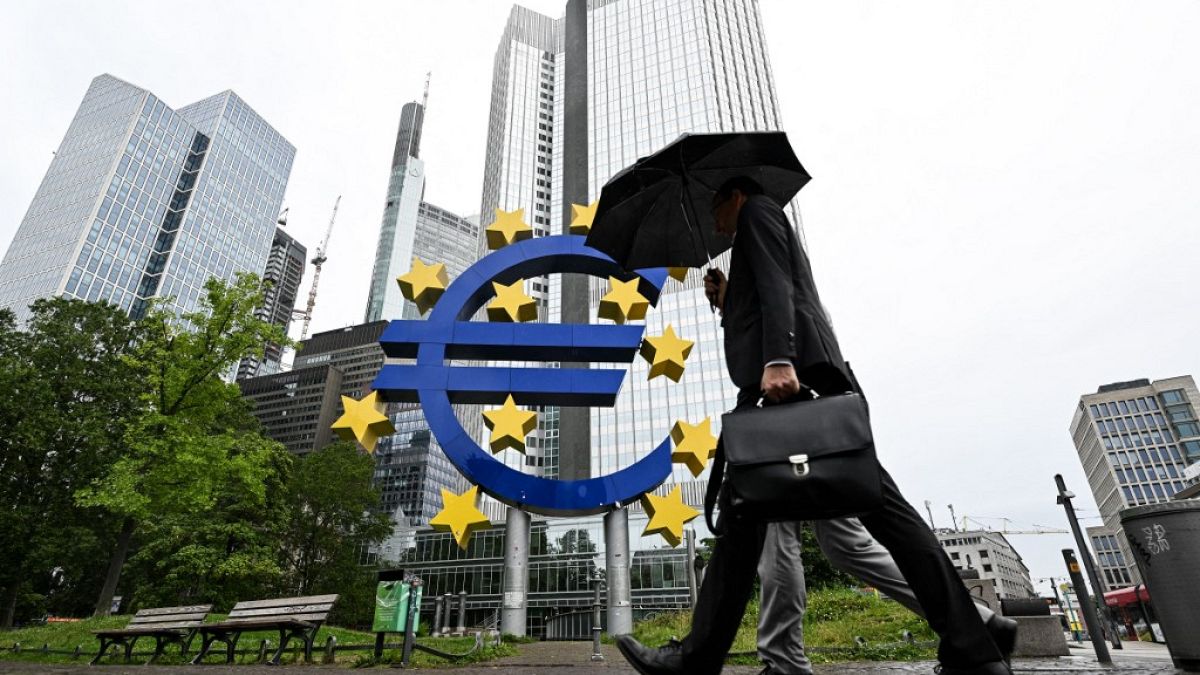EU and euro area figures for gross domestic product (GDP) and employment remain relatively stable for 2023’s third quarter compared to the previous three months, according to data from Eurostat.
A flash estimate published by the EU’s statistical body on Tuesday showed that GDP in the euro area, which consists of member states of the European Union that have adopted the euro as their currency, shrank by 0.1% in the third quarter (Q3) compared to the previous three-month period.
It marks the first contraction since 2020. The figure also came in line with market expectations, and followed 0.2% quarter-on-quarter growth in the second quarter (Q2) of this year.
Meanwhile, GDP in the EU remained stable compared to the previous quarter.
Eurostat also published a comparison with the United States, where Q3 2023 GDP increased by 1.2% compared with the previous quarter.
Slight employment rate growth
Compared with Q2 this year, the number of people working in the EU increased by 0.2%, and 0.3% in the euro area.
Similar data compared with the same time last year showed a 1.4% employment rate increase in the euro area, and a 1.3% increase the EU.
Overall, the EU and euro area economic situations have eased in 2023 compared with last year. The effects of the energy and economic crises triggered by Russia’s war of aggression against Ukraine are easing.
Moreover, soaring inflation rates are stabilising, with a 2.9% rate for October 2023 in the euro area, down from 4.3% in September – which marked the lowest figure since October 2021.
The euro area’s inflation rate was recorded at 10.6% in October 2022, up from 9.9% in September.
Estimates predict inflation to temporarily pick up and growth to remain weak for the remaining of 2023.

